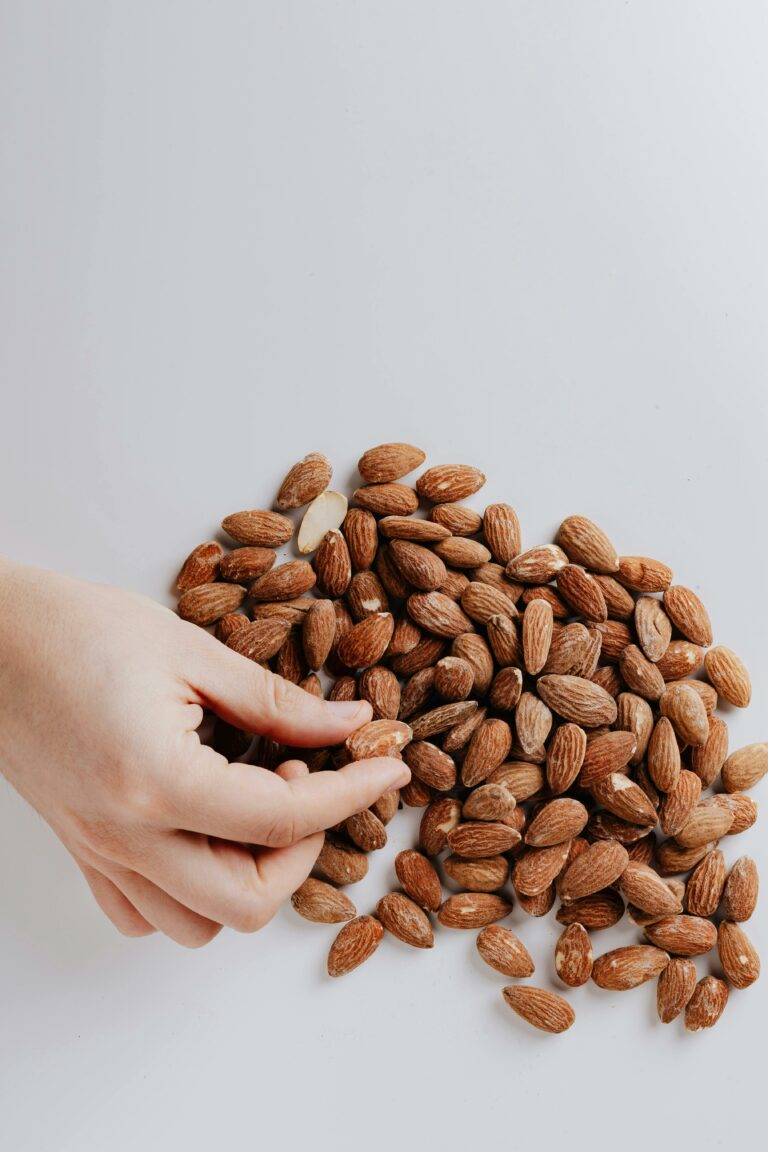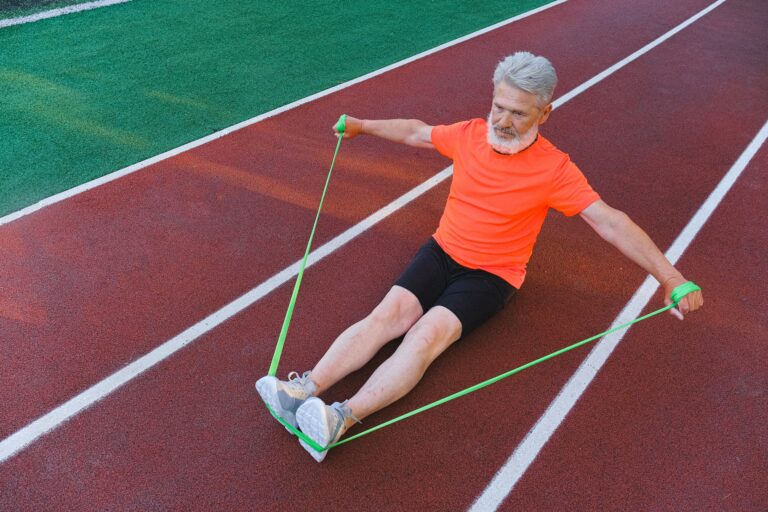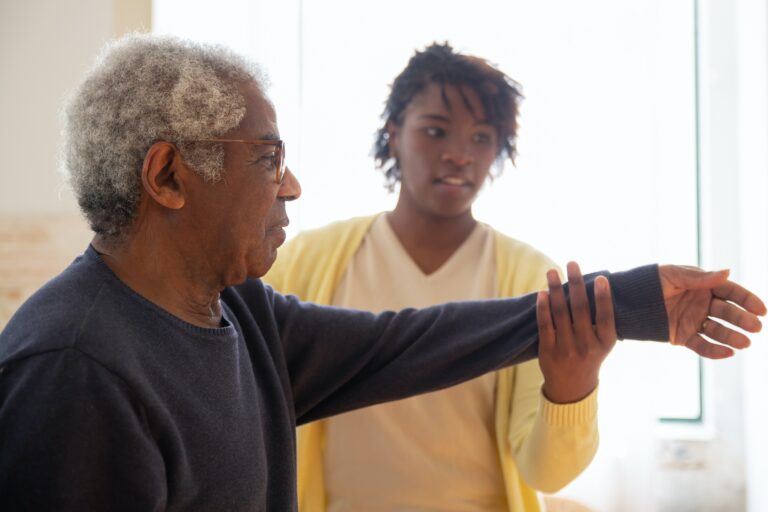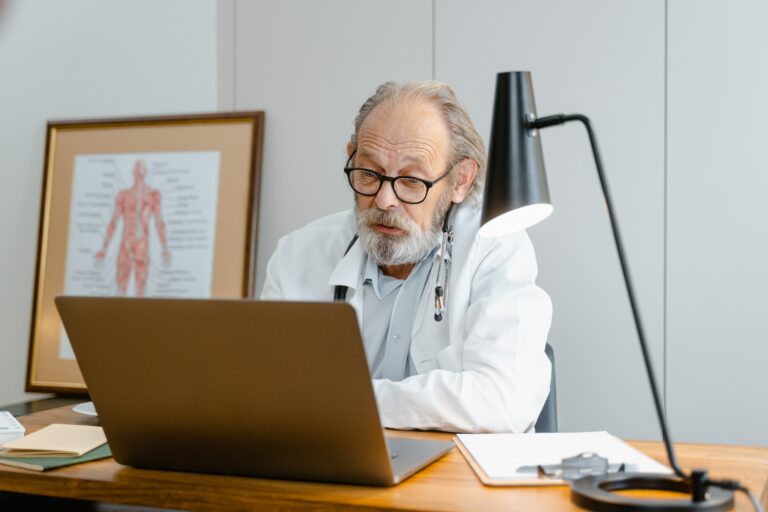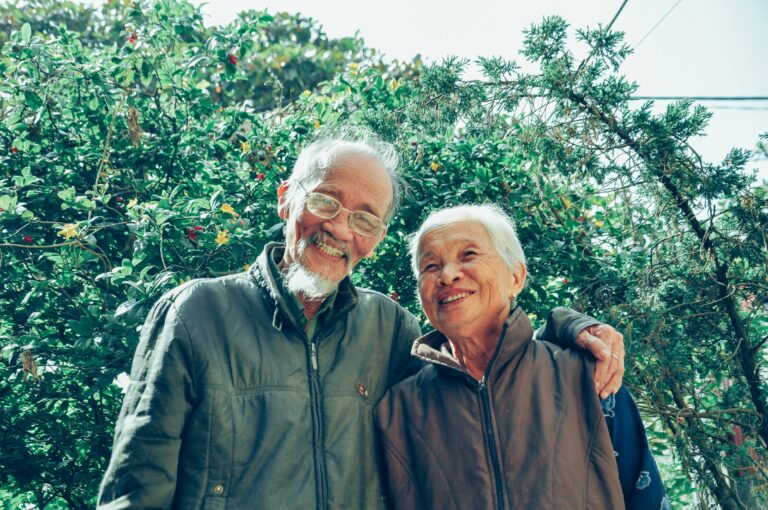
How Older Adults Fight Isolation and Give Back to Their Communities
Social isolation is a growing challenge for older adults, with significant impacts on their physical and mental health. According to the National Poll on Healthy Aging, 34% of adults aged 50 to 80 report feeling isolated at least some of the time. These feelings of loneliness can lead to declines in cognitive function and contribute to conditions such as heart disease, anxiety, depression, and Alzheimer’s disease. The good news? There are ways to combat isolation, and one of the most effective is through volunteering.
Volunteering allows seniors to give back to their communities and provides meaningful opportunities for connection, purpose, and improved well-being. The AARP guide, Help Older Adults Prevent Social Isolation, shares ways for older adults to get involved and reduce loneliness. Let’s explore how seniors can use their time and talents to help others and enrich their lives.
Why Should Seniors Volunteer?
Volunteering offers a range of benefits for older adults. Mayo Clinic Health System shares research findings that regular volunteer activity can improve physical and mental health, particularly in those aged 60 and older. Seniors who volunteer often report lower levels of depression and anxiety, increased physical activity, and an overall improved sense of well-being.
In addition to these health benefits, volunteering fosters a sense of purpose. Whether assisting at a local senior center, organizing events, or simply being a friendly face for someone in need, volunteers feel valued and connected to their communities. They develop new friendships, hone valuable skills, and experience the joy of making a difference in the lives of others.
How Older Adults Get Involved
The first step for older adults interested in volunteering is to identify the needs in their community. For example, organizations like Meals on Wheels and Senior Corps offer opportunities specifically tailored to the needs of older adults, such as companionship services and assistance with transportation. These programs provide regular human contact to homebound seniors and help volunteers build lasting connections.
Technology has also opened new avenues for engagement. Apps like Be My Eyes allow seniors to assist visually impaired individuals through video calls. At the same time, programs like Senior Center Without Walls provide telephone-based classes and discussions for older adults. Websites such as Create the Good and VolunteerMatch make it easy for volunteers to find positions focused on helping older adults.
If in-person visits or virtual connections aren’t possible, seniors can still get involved by writing letters, organizing events, or even sharing their hobbies and interests with others. Crafting blankets for newborns or teaching an art class at a senior center can make a world of difference in someone’s life.
Exploring Charitable Giving as a Way to Give Back
In addition to volunteering time, seniors can also give back to their communities through charitable giving. Incorporating philanthropy into an estate plan is a meaningful way to leave a lasting legacy while potentially benefiting from tax advantages.
Seniors can set up charitable trusts, which allow them to receive income from their assets during their lifetime while ensuring that the remaining assets go to a charitable cause after their passing. Alternatively, they can name a charity as a beneficiary in their will or trust, specifying a certain percentage of their estate to go to a good cause. Both options allow older adults to make a positive impact while fulfilling their own personal philanthropic goals.
How Elder Law Attorneys Help Seniors Get Involved and Give Back
Volunteering and charitable giving are powerful tools seniors can use to stay engaged, build connections, and contribute to their communities. However, navigating the options available, especially when it comes to charitable giving, can be complex. That’s where an elder law attorney can help.
Elder law attorneys not only assist seniors with crafting estate plans that include charitable giving but can also help connect seniors with local nonprofit or charitable organizations. Whether you’re looking for volunteer opportunities or want to explore the best ways to donate your assets, an elder law attorney can guide you through the process. Their expertise can ensure that your contributions—both in time and financial resources—are as effective and meaningful as possible.
An Elder Law Attorney Can Share Opportunities to Give Back to Your Community
If you’re an older adult looking for ways to give back to your community, there’s no better time to start than now. Volunteering enriches the lives of those you help and provides you with a sense of purpose, improved health, and new friendships. Consider contacting an elder law attorney for guidance on getting involved, whether through volunteering or charitable giving. They can help you find the right opportunities to make a difference and support you in leaving a lasting legacy.
Combat Isolation with Volunteering
Volunteering and charitable giving are incredibly fulfilling ways for older adults to remain active, engaged, and connected. By dedicating time, energy, or resources to worthy causes, seniors can combat the adverse effects of isolation while making meaningful contributions to the world around them. The benefits are endless, whether it’s making new friends, improving your health, or leaving a legacy.
Key Takeaways
- Volunteering Fights Social Isolation: Volunteering offers seniors an opportunity to connect with others, build meaningful relationships, and combat the adverse effects of loneliness and isolation.
- Health Benefits of Volunteering: Studies show that volunteering can improve both physical and mental health, leading to lower rates of depression, anxiety, and even chronic illnesses like heart disease.
- Variety of Ways to Give Back: Seniors can get involved by volunteering through charitable organizations, helping others with simple tasks, or even using technology to provide virtual support.
- Charitable Giving as a Legacy: Older adults can include charitable giving in their estate plans to leave a lasting legacy while potentially reducing tax obligations.
- Support from Elder Law Attorneys: Elder law attorneys can guide seniors in both volunteer activities and charitable giving, helping them connect with local organizations and structure their estate plans to reflect their values.
References: Mayo Clinic Health System (Aug. 1, 2023) “Helping people, changing lives: 3 health benefits of volunteering and AARP “Help Older Adults Prevent Social Isolation”
